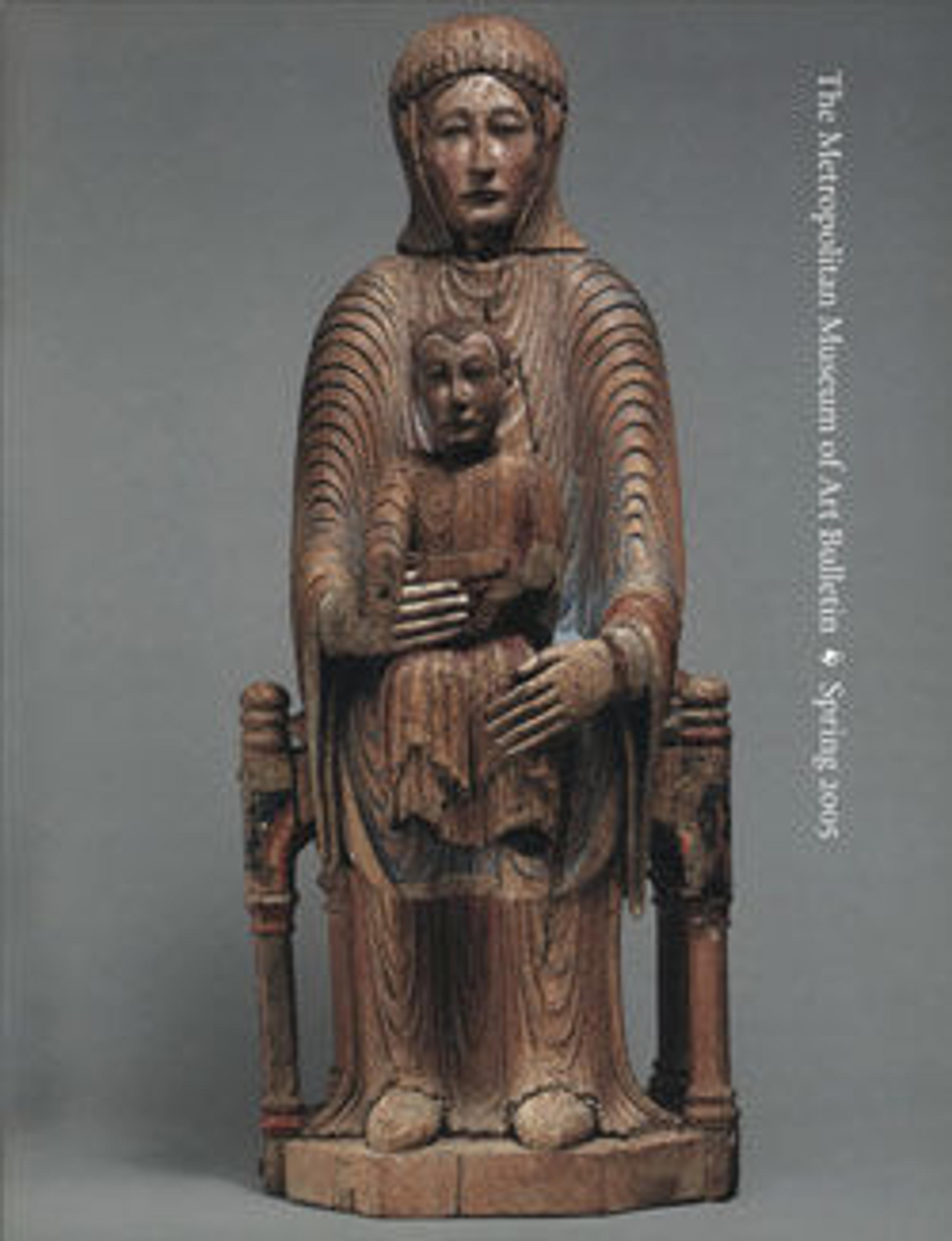Aquamanile in the Form of a Unicorn
The aquamanile takes its name from the Latin words for water (aqua) and hand (manus), as it was intended for hand washing at table. Poured through a flap at the top, the water was later dispensed through the spigot in the unicorn’s chest. The flame-like tail is typical of aquamanilia cast in Nuremberg. Residents of the city were enthralled by unicorns, emblazoning their coats of arms with images of the beast. Nuremberg officials, however, sensibly decided against the purchase of a unicorn offered by the distinguished humanist scholar and physician Johannes Sambucus in the mid sixteenth century. The horn of the unicorn on this aquamanile has been replaced.
Artwork Details
- Title: Aquamanile in the Form of a Unicorn
- Date: ca. 1425–50
- Geography: Made in Nuremberg, Germany
- Culture: German
- Medium: Copper alloy
- Dimensions: 15 1/2 × 11 1/2 × 4 7/16 in., 6.8 lb. (39.4 × 29.2 × 11.3 cm, 3085g)
- Classification: Metalwork-Copper alloy
- Credit Line: Gift of Irwin Untermyer, 1964
- Object Number: 64.101.1493
- Curatorial Department: Medieval Art and The Cloisters
More Artwork
Research Resources
The Met provides unparalleled resources for research and welcomes an international community of students and scholars. The Met's Open Access API is where creators and researchers can connect to the The Met collection. Open Access data and public domain images are available for unrestricted commercial and noncommercial use without permission or fee.
To request images under copyright and other restrictions, please use this Image Request form.
Feedback
We continue to research and examine historical and cultural context for objects in The Met collection. If you have comments or questions about this object record, please contact us using the form below. The Museum looks forward to receiving your comments.
